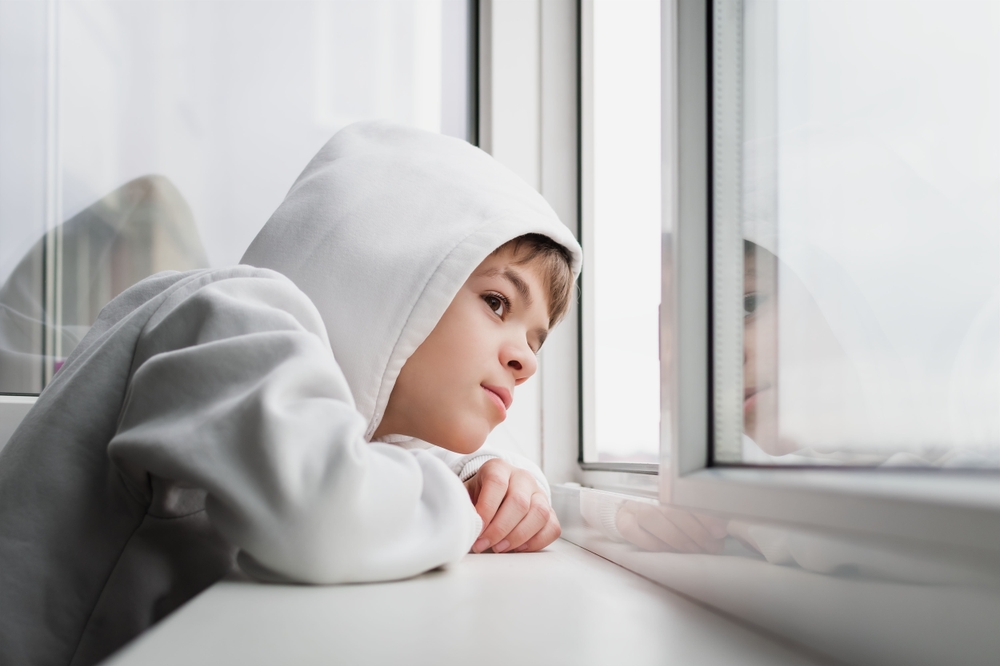Mental illness doesn’t leave bruises or rashes. It doesn’t cause a fever or show up on a standard test. And in children, where behavior is already in constant flux due to growth and development, the signs of mental health struggles can be especially hard to spot. Because of this invisibility, too many children silently suffer with undiagnosed mental health conditions—conditions that, if left unrecognized, can shape their futures in lasting ways.
The Hidden Nature of Childhood Mental Health
Unlike a scraped knee or a cough, mental health issues often present subtly. A child who seems moody or distracted may be labeled as difficult or inattentive. One who withdraws may be seen as shy. Anxiety, depression, ADHD, and mood disorders can all masquerade as ordinary childhood behavior—or worse, as disobedience.
What makes this even more complicated is that kids often don’t have the vocabulary to explain what they’re feeling. A child who is overwhelmed by anxiety may just say their stomach hurts. One who is depressed may act angry rather than sad. Many kids, especially younger ones, express emotional distress through behavior, which can lead to misunderstandings by adults who assume they’re just acting out.
Why So Many Cases Go Undiagnosed
There are several reasons mental illness in children often goes unnoticed:
- Stigma: Even today, mental health remains a difficult topic in many families and communities. Some parents worry that seeking help will label their child or themselves in a negative light.
- Lack of Awareness: Parents, teachers, and caregivers may not recognize the warning signs. Many assume children are too young to experience depression or anxiety, or they dismiss the symptoms as “just a phase.”
- Limited Access to Care: Even when concerns are raised, access to qualified mental health professionals—especially pediatric specialists—is limited in many areas. Long waitlists, high costs, and insurance hurdles can delay or prevent diagnosis and treatment.
- Developmental Confusion: Children are constantly changing, so it’s difficult to know what’s normal and what’s not. A 4-year-old throwing tantrums may be typical; a 10-year-old doing the same might signal deeper emotional distress.
The Cost of Invisibility
When mental illness is left undiagnosed and untreated, it doesn’t go away. It often grows. Children may struggle in school, have difficulty making friends, or begin to feel isolated and misunderstood. Over time, they can internalize the belief that something is wrong with them—not in a clinical sense, but in a personal, shame-filled way.
Untreated mental health issues in childhood are also strongly linked to problems in adolescence and adulthood, including academic failure, substance abuse, chronic mental illness, and even suicide. Early identification and treatment can change that trajectory—dramatically.
What Can We Do?
Listen and observe. Adults should pay attention to not just what children say, but how they behave. Is there a noticeable change in mood, sleep, appetite, or social habits? Do they complain often of physical symptoms without a clear cause? Are they avoiding school or becoming more withdrawn?
Normalize mental health conversations. Talking openly about emotions, stress, and coping should be part of everyday life. When kids grow up hearing that it’s okay to not be okay, they’re more likely to speak up when they need help.
Advocate for screening. Routine mental health screenings, just like vision or hearing checks, can help flag issues early. Pediatricians and schools can play a powerful role in identifying concerns and guiding families to resources.
Trust your gut. Parents and caregivers often sense when something isn’t right. Don’t let uncertainty stop you from asking questions or seeking help. It’s far better to explore a concern and find out everything is fine than to ignore a red flag.
Push for access and equity. Mental health support should be available to every child, regardless of zip code, income, or background. Advocating for better mental health education, funding, and services in schools and communities helps make the invisible visible.
The Role of Self-Awareness and Education
Raising awareness about mental health is crucial in helping people recognize the signs of mental illness in themselves and others. But awareness is not enough—education and self-awareness also play critical roles in early intervention. Individuals need to understand that mental illness is just as real and valid as physical illness, and that symptoms should not be ignored or minimized.
For people experiencing mental health difficulties, learning about the common signs of mental illness and how they can manifest in daily life empowers them to seek help sooner, advocate for themselves, and take the first steps toward healing.

